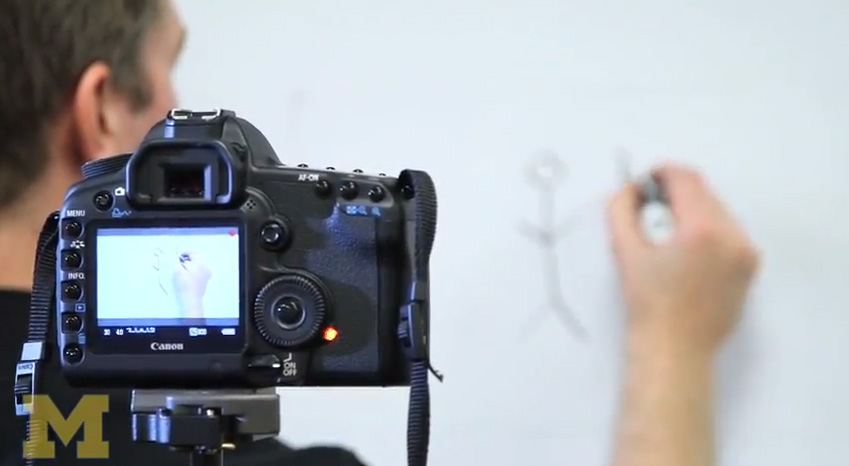Risk Bites – my new foray into the world of YouTube informal education – was officially launched a few weeks ago (although the transition from “unofficial” to “official” simply meant posting new videos more regularly!). The channel is an experiment in overcoming the tedium and seeming irrelevance of much academic online content by unbundling the things that I research and teach and talking about the interesting stuff in an engaging and accessible way.
Is it working? It’s too early to say yet. I’m getting good feedback from my peers. But I have yet to crack how to get a much wider pool of eyeballs onto the videos (any offers of publicity here gratefully received – the url is http://youtube.com/riskbites – just in case you need it!). What I’m really looking for is a growing number of subscribers and viewers who are entertained and informed by the videos.
That said, I’m learning a lot from the experience. The workflow is admittedly crude (idea, script, voice-over, storyboard, film, edit, post – all fit into an already packed schedule). But that in turn means that the videos can be nearly as responsive as writing a blog post – as last week’s response to the Sandy Hook shootings showed. In fact, the whole feel of the exercise is very much like the early days of writing posts for 2020 Science.
The big difference though is the challenge of taking my work on risk and evidence-informed decision-making and dividing it into very short pieces that create a coherent narrative. A 1 – 2 minute video allows for between 200 – 400 words, which isn’t a whole lot to handle the intricacies of the science of human health risk. Even seemingly basic concepts like dose-response need a surprising amount of groundwork. But the beauty of a series of videos like this is that simple self-contained “bites” can be combined to develop a much more complex bigger picture over time. It’s more like having a conversation with your viewers – albeit a rather drawn out one – than hitting them with the full weight of risk science all at once (intellectually satisfying to the lecturer, but terrifying for everyone else!).
Brave new territory for me. But quite exhilarating. And a lot of fun!
All I need now is as many subscribers as I can scarf up.


It made sense to me anyway! (I mean, wearing the hat or not!) I am in NO WAY a scientist!! I like this – think its a great way to make potentially complicated concepts in science more accessible and a lot of fun. Well done!